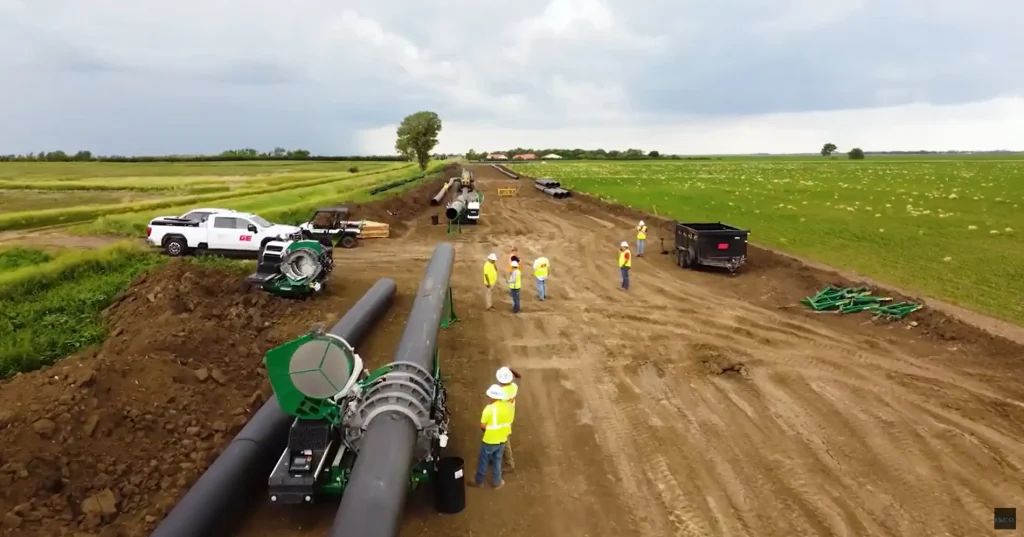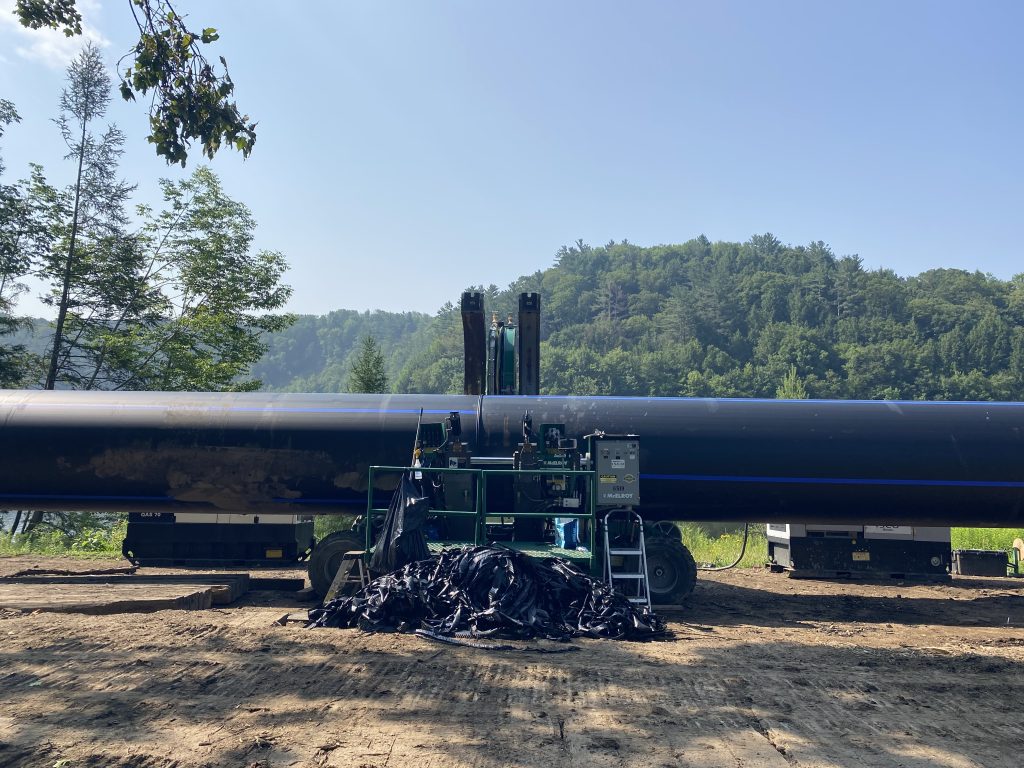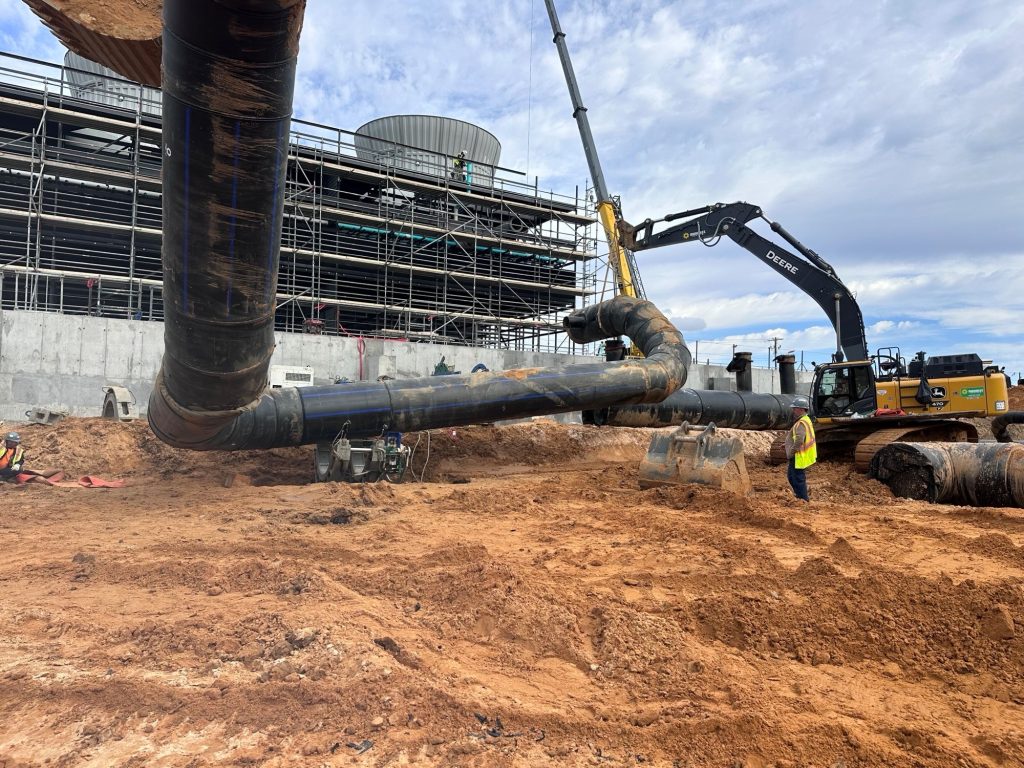Resources
Field Reports
Summit County, CO fixes flooding woes with Snap-Tite®
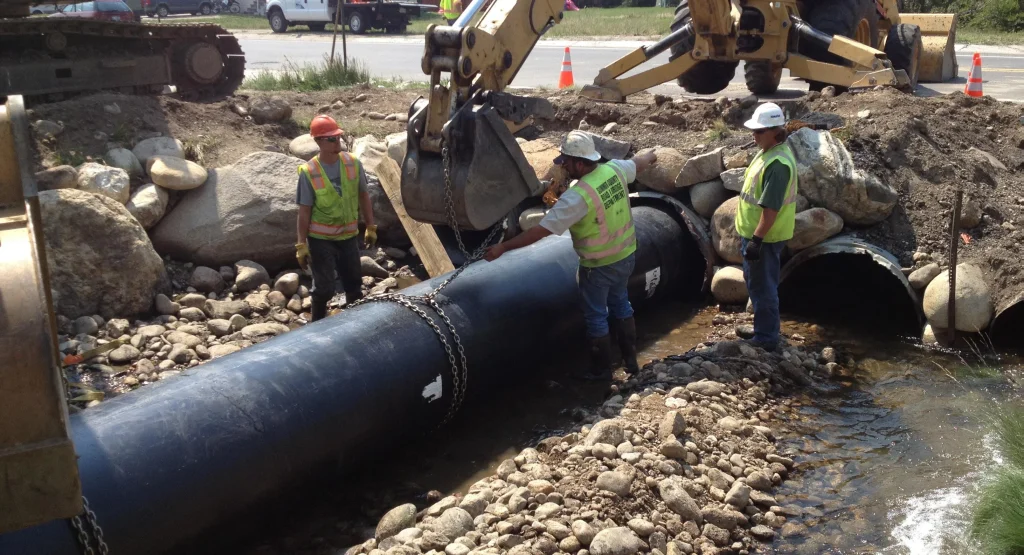
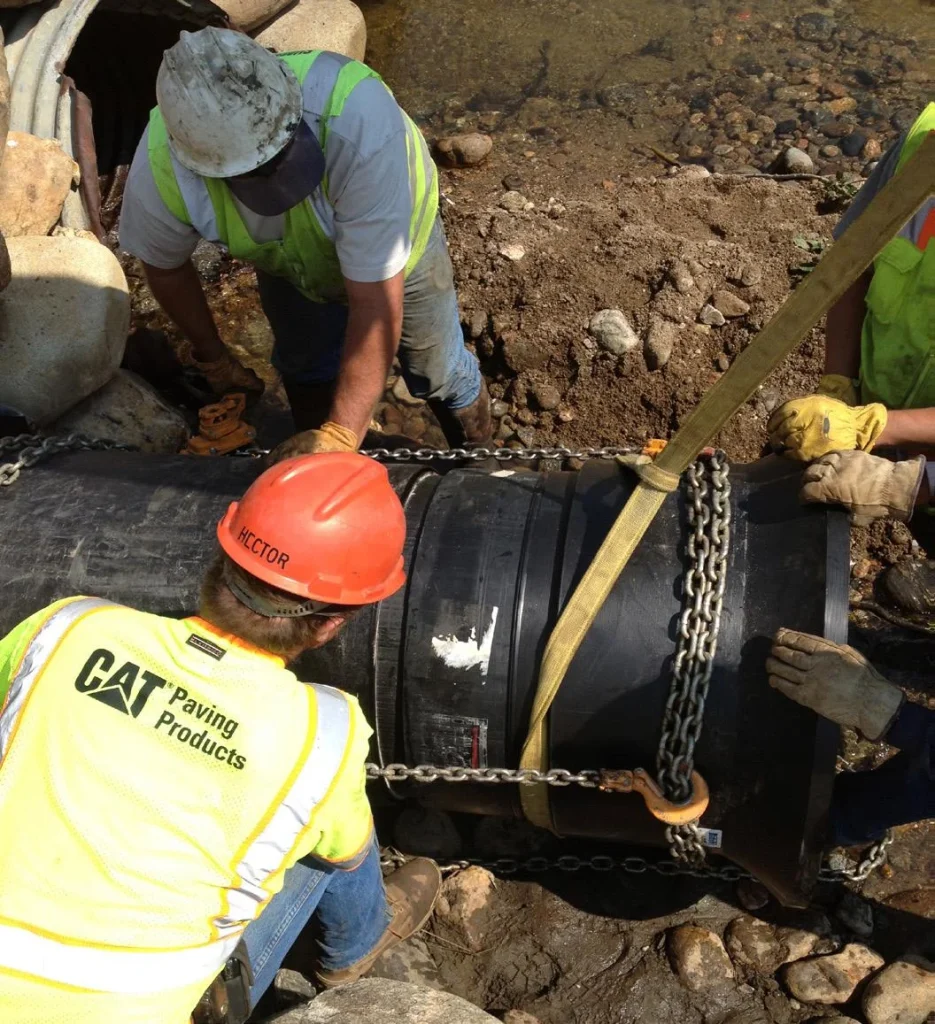
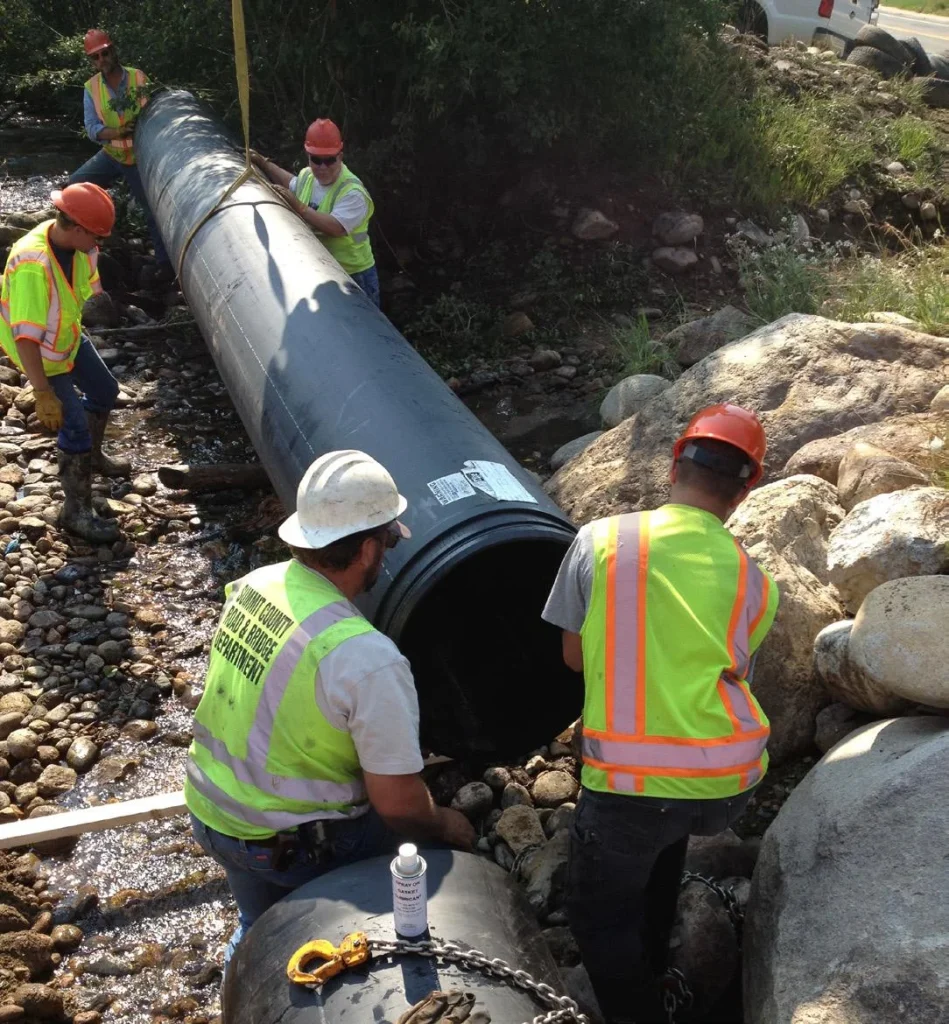
More than one hundred tributaries run through the southwest United States and drain into the 1,450-mile-long Colorado River. Corroded metal culverts designed to prevent flooding on roads crisscrossed by those streams are frequently the cause of it. For Colorado county road crews, flooding and washout caused by failing corrugated metal pipes (CMPs) beneath roads are a major problem – especially when that road affects one of the biggest areas for tourism in the state.
A culvert structure consisting of four CMPs underneath a busy road in Dillon, CO was severely corroded. Faced with the culverts’ imminent failure, the Summit County Road crew needed to fix it as quickly and as cost-effectively as possible, with minimal disruption to the newly paved road above.
“The existing culvert was in critical shape and flow from the stream was being severely restricted, especially during high flow times,” said Russ Wosk, a Snap-Tite sales representative. “The water is constant. There is a short window to perform the work.”
Sticky Note Beginning
On a busy road in Summit County, CO a culvert structure with severe corrosion and prone to flooding faced imminent failure. Snap-Tite® offered a no-dig solution that allowed road crews to complete repairs on their own and without specialized equipment in two days with no traffic delays.
Sticky Note End
John Polhemus, director of the Summit County Road and Bridge Department, found a solution with Snap-Tite. The county crew slip-lined three severely deteriorated culverts with a total of 280-feet of Snap- Tite HDPE pipe, and attached three Snap-Tite HDPE Hydro-Bells to help increase inlet flow in times of high flow and potential flooding. Working independently of any contractors or outside assistance, the crew completed the entire project in less than a day and with no disruption of traffic, or delays to residents.
Summit County also saved money. Snap-Tite is quick, easy and safe to install, which means county crews can use county-owned equipment to rehabilitate the culverts rather than contracting out the work and renting specialized tools. Snap-Tite simply slides into the existing CMP – offering a no-dig alternative to the costly, disruptive work of excavating and replacing the culverts.
A unique feature of Snap-Tite is that it does not require fusion to join the HDPE pipe together. The ends of the Snap-Tite pipe are machined on each end. The machined male and female ends are then “snapped” together. Any annular space and voids between the old culvert and new liner are then filled in with grout. “I’m glad I didn’t have to dig up a new road,” Polhemus said. “Snap-Tite was a great solution.”
